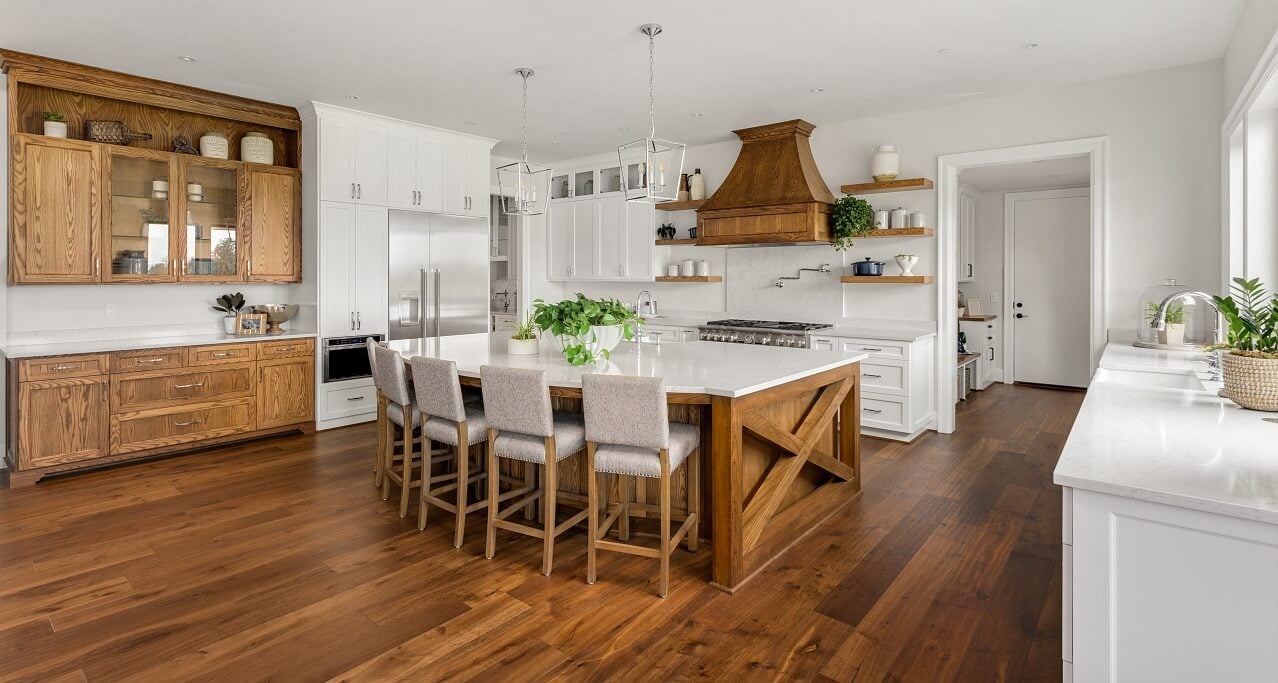
© bmak – stock.adobe.com.
The best hardwood flooring for your kitchen depends on your budget and sense of style. Popular types of hardwood flooring include engineered wood flooring, solid unfinished or prefinished planks and reclaimed wood. Hickory, oak, ash, maple and cherry are all common wood types of flooring.
Use our guide to choose a warm, durable and waterproof option to enhance your kitchen.
On This Page:
- How to Choose the Best Hardwood for Kitchen Flooring
- Types of Hardwood for Kitchen Floors
- Popular Hardwood for Kitchen Floors
- Best Wood Flooring for Kitchens Compared
- Top Brands of Hardwood Flooring
How to Choose the Best Hardwood for Kitchen Flooring
Consider the following when deciding which wood flooring option is best for your kitchen.
- Budget: Material and labor costs vary significantly. Know your budget limit before starting your search.
- Maintenance: Resealing, cleaning, repairability and daily care vary by material.
- Durability: Waterproofing, stain resistance and resistance to chips
- Installation Requirements: Underlayment needs and compatibility with radiant heat systems.
- Style: Different woods bring different aesthetics.
Ready to start your kitchen flooring installation?
Find ProsTypes of Hardwood for Kitchen Floors
There are six main options for a hardwood kitchen floor, from high-end, hand-scraped solid planks to budget-friendly, laminate hardwood-look flooring. We’ve listed the benefits and drawbacks of each option to make your choice easier.
Solid Unfinished Planks
Solid hardwood unfinished planks let you choose a unique finish at a reduced labor cost. They also provide a more complete, waterproof surface as the entire floor, including the seams, is sealed.
Pros:
- Hardwood flooring costs $3-$7 per square foot for materials and $3-$5 per square foot for labor.
- Less expensive initial cost compared to finished planks
- Sealed after installation: Sealant covers the whole surface.
- Can be sanded and refinished multiple times
- No visible bevels between planks
Cons:
- Labor-intensive sanding, staining and sealing process
- Finish not as durable as prefinished planks
- May need refinishing sooner than prefinished floors
Solid Prefinished Planks
Solid hardwood prefinished planks offer fast installation and a uniform finish. The factory finish is multi-layered and baked-in, so the planks are resistant to damage and wear.
Pros:
- Hardwood flooring costs $3-$7 per square foot for materials and $3-$5 per square foot for labor.
- Less labor required: Planks do not require sealing or finishing after installation.
- Faster to install
- Easier to get a uniform finish
- Strong, multi-layer factory finish
Cons:
- More expensive than unfinished planks
- Joins and bevels are deeper and more obvious.
- Contain unsealed joins susceptible to water damage
Hand-Scraped Planks
Genuine hand-scraped planks add rustic beauty to your kitchen with their unique, weathered texture. And because of the rustic look, chips, scrapes, and wear blends in to appear hidden.
Pros:
- Wear and minor damage blends in
- Unique old-world charm
- Durable damage-resistant finish
- Easy to maintain
Cons:
- Hand-scraped hardwood planks cost $10-$20 per square foot, installed.
- Expensive due to labor-intensive production process
- Challenging to install
- Not well-suited to ultra-modern kitchen designs
Reclaimed Hardwood Planks
Reclaimed hardwood planks add a sense of history to your kitchen. These boards are also often made of heartwood, providing unique beauty and strength.
Pros:
- Unique aged appearance
- Brings historic charm to your kitchen
- Strong and durable
- Eco-friendly: Repurposing old wood instead of harvesting new
Cons:
- Reclaimed hardwood costs $15-$30 per square foot, installed.
- Expensive because of reclamation and restoration
- Limited supply: Can be difficult to find enough of the same type to cover a large area
- If not correctly kiln-baked, can harbor bugs and pests
Engineered Wood Flooring
Engineered hardwood flooring works well in the kitchen because it is practically indistinguishable from solid hardwood. Plus, it is more resistant to moisture and temperature fluctuations.
Pros:
- The cost to install engineered wood flooring is $4-$16 per square foot.
- Less expensive than hardwood
- Has a real hardwood top for a beautiful finish
- Resistant to moisture damage and temperature changes
- Compatible with underfloor heating
Cons:
- Susceptible to scratch, dent and wear damage
- Can only be sanded down and refinished a few times
- Prone to fading
Wood-Look Laminate Flooring
Wood-look laminate flooring is a great, budget-friendly alternative to real hardwood that’s easy to care for and gives a uniform look.
Pros:
- Laminate flooring costs $2-$10 per square foot, installed.
- Least expensive option
- Fewer defects and variations in appearance
- Low-maintenance
Cons:
- Not real wood: Has a wood-effect printed top layer
- May warp from moisture damage
- Cannot sand or refinish
- Not environmentally friendly
Ready to start your kitchen flooring installation?
Find ProsPopular Hardwood for Kitchen Floors
Once you know what type of wood flooring you want to choose, you can move on to deciding which wood species will best match your kitchen style and usage needs. Use the guide below to choose the wood type with the right characteristics for your kitchen.
Hickory
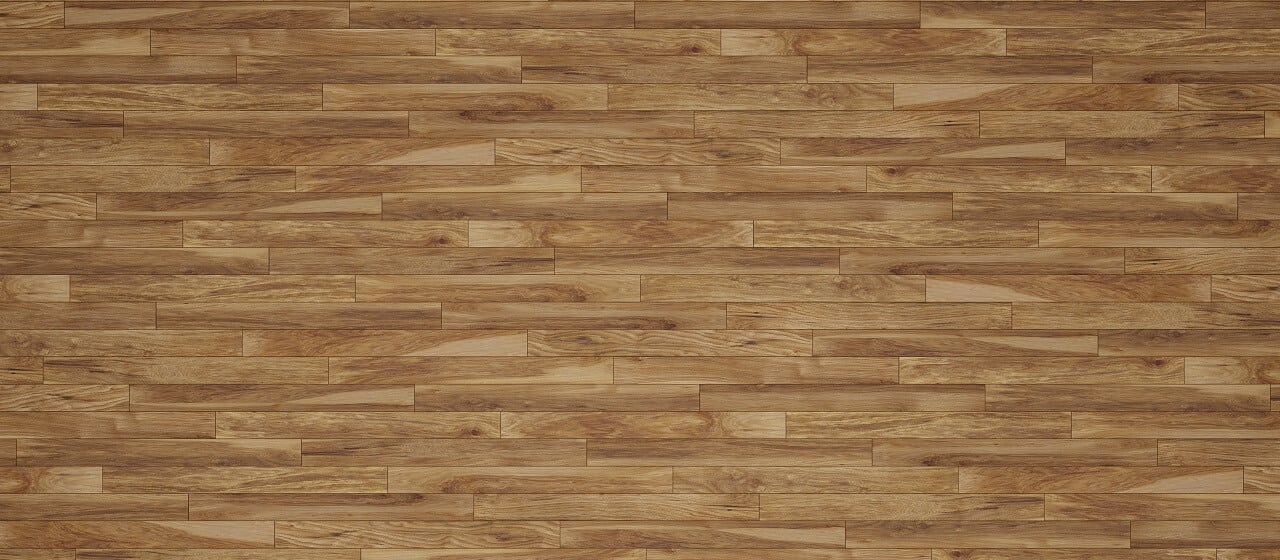
© tanyakonovalova – stock.adobe.com.
- Durable: Extremely hard, ranking highly on the Janka hardness scale.
- Long lifespan
- Resistant to scratches, dents and other damage
- Light, warm color
- Waxing enhances color and increases water resistance.
Oak
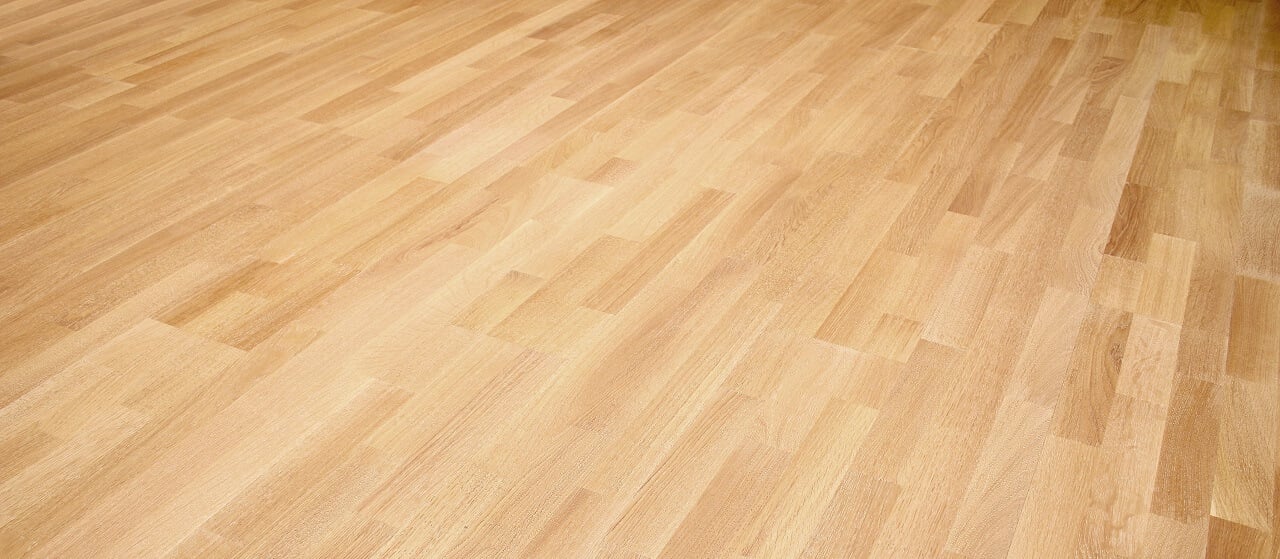
© frenta – stock.adobe.com.
- Durable and ages well
- Long-lasting and comparatively easy to refinish
- Can be stained
- Available in a wide variety of shades from bleached white to honey or dark red
- Scratches easily repaired with specialist floor wax
Ash
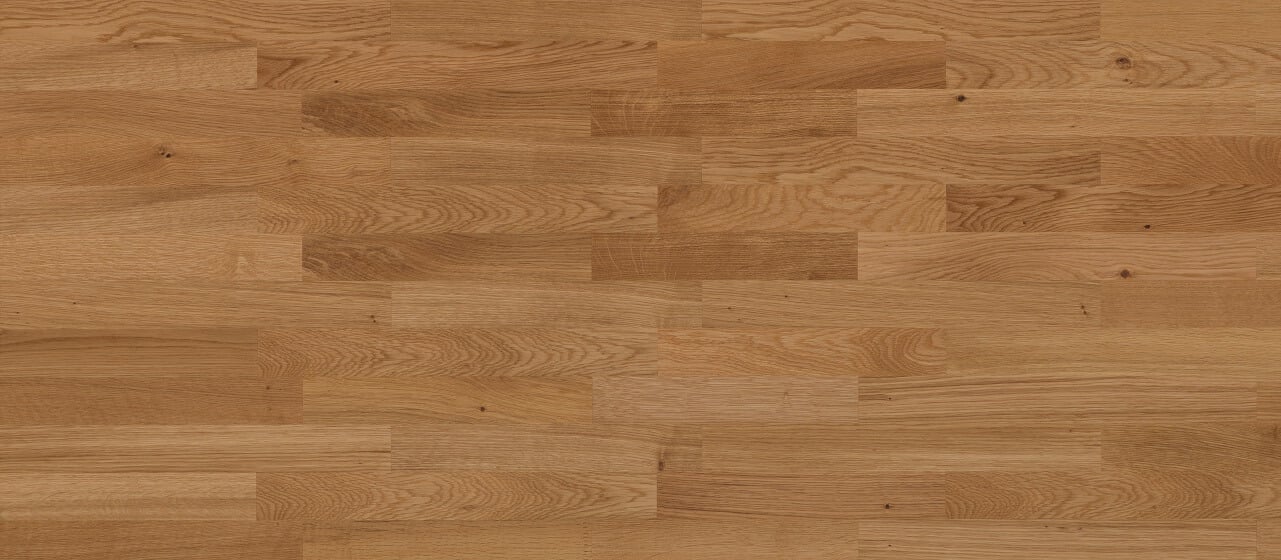
© wuttichok – stock.adobe.com.
- Extremely hard: Measures higher than oak on the Janka hardness scale
- Comparatively flexible so withstands temperature changes and moisture
- Wears well with age: Doesn’t splinter or roughen with friction
- Shock-absorbing: Comfortable to walk on and less damaging when something is dropped on it
Maple
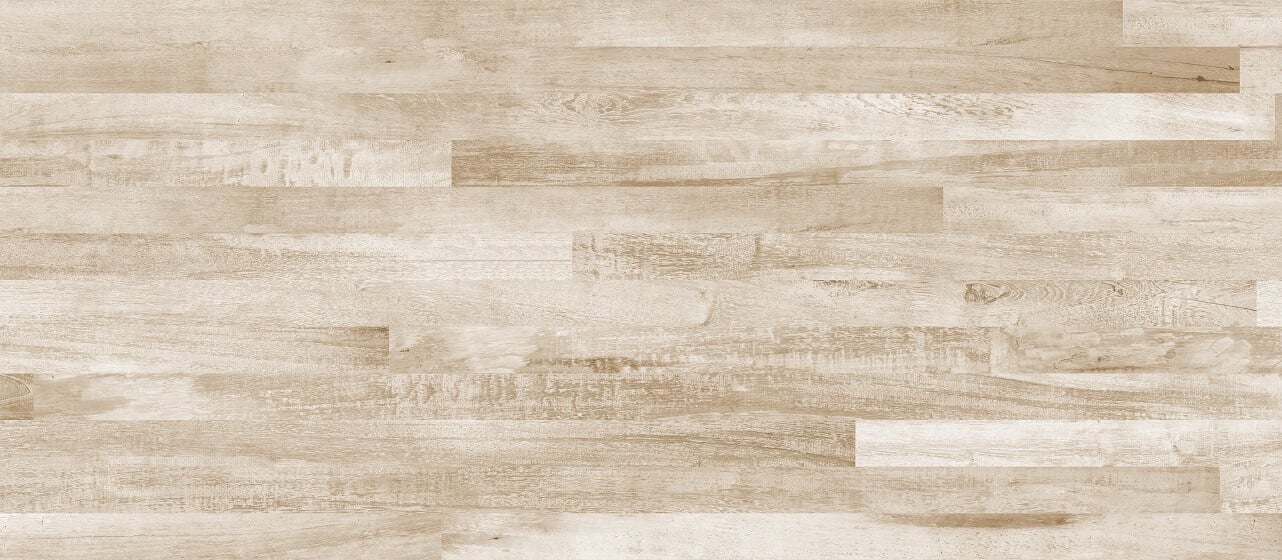
© Vidal – stock.adobe.com.
- Light color and subtle open grain pattern: Great for contemporary kitchens
- Resists damage: Withstands dropped pots and pans, foot traffic and chair movements
- Widely available
- Ages well
Cherry
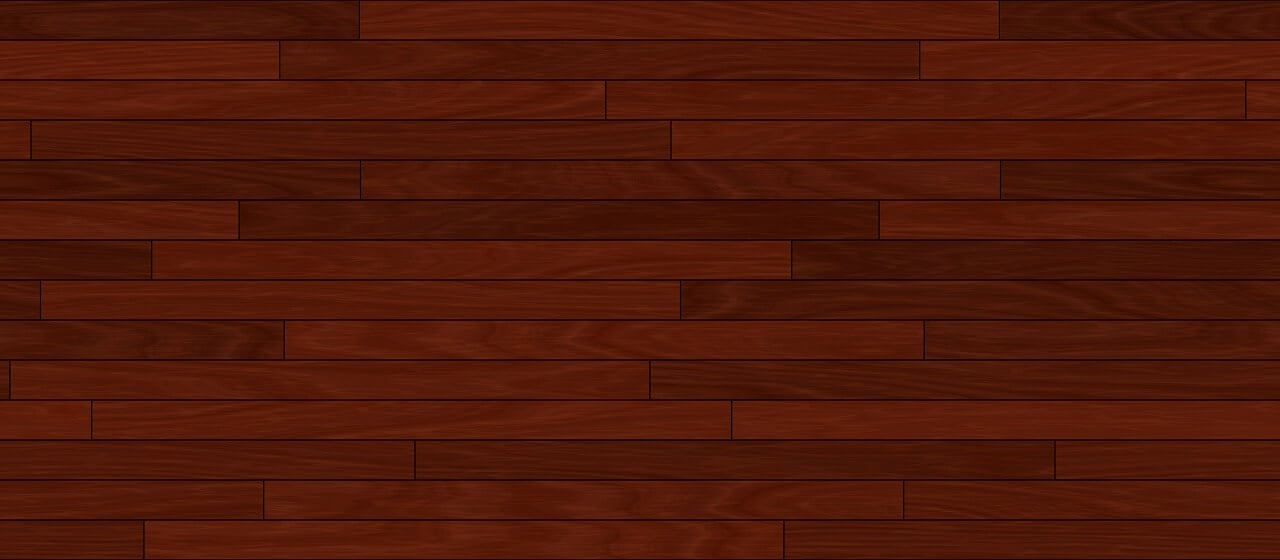
© Alfgar – stock.adobe.com.
- Shock-absorbing
- Comfortable to walk on
- Attractive warm red color and straight, uniform grain
- Well-suited to rustic kitchens or those with an antique feel
Ready to start your kitchen flooring installation?
Find ProsBest Wood Flooring for Kitchens Compared
If you’re trying to decide between more than one type of kitchen flooring, such as hardwood vs. laminate, consult with a reputable hardwood installation specialist who can offer advice based on your specific needs.
Best Hardwood for Kitchen Floor Moisture Resistance
For moisture resistance, sealed unfinished hardwood is best. When you seal unfinished planks, the entire surface is closed, including the seams between planks, unlike prefinished planks. This prevents water from running between the planks and causing damage or warping.
Engineered wood flooring for kitchens is another solid choice. It is less prone to warping than solid hardwood and usually has a moisture-resistant finish.
Best Hardwood for Resisting Damage
Ash, hickory and maple are hard enough to resist general wear and damage from dropping pots and pans in the kitchen. While hand-scraped and reclaimed hardwood doesn’t resist damage more than any other flooring, the wear adds character and blends in rather than marring the finish.
Best Budget Wood for Kitchen Floors
For kitchen flooring on a budget, laminate is best. Wood-look flooring for kitchens is cost-effective and easy to clean and maintain. If you want real wood for a low cost, engineered wood is the best option because the upper layer is real wood veneer.
Top Brands of Hardwood Flooring
There are countless hardwood flooring brands, and many are reputable, providing high-quality products and delivering first-class customer service. Here are a few popular U.S. brands.
Bruce
- Warranty: Finish will last for 15 years or until the original purchaser sells the property
- Products:
- Solid hardwood
- Engineered
- Special Features:
- Available in 4,000 retail stores
- Specializes in domestic oak, hickory and maple
Bellawood (Lumber Liquidators)
- Warranty: 100 years and transferrable to new property owners
- Products:
- Solid hardwood
- Engineered
- Special features:
- Special deals and one-offs regularly on offer
- Very competitive prices
Somerset Hardwood Flooring
- Warranty: Up to 50-year non-transferrable finish and wear layer warranty
- Products:
- Solid hardwood
- Engineered
- Special features:
- Specializes in Appalachian hardwoods
- Offers a range of hand-scraped flooring
Hurst Hardwoods
- Warranty: Factory-applied UV cured wear layer guaranteed for 30 years
- Products:
- Solid hardwood
- Engineered
- Luxury laminate
- Special features:
- Wide range of exotic woods
- Competitive pricing and first-class customer service
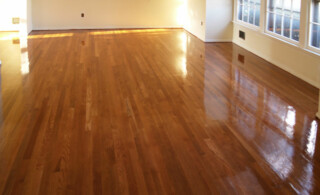 Insulating a Wood Floor
Insulating a Wood Floor 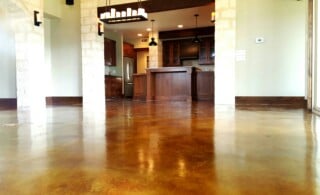 Concrete Flooring – Solid as a Rock
Concrete Flooring – Solid as a Rock 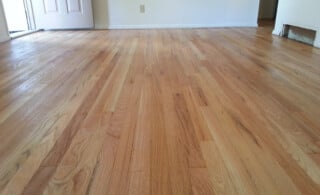 Cleaning Hardwood Floors
Cleaning Hardwood Floors 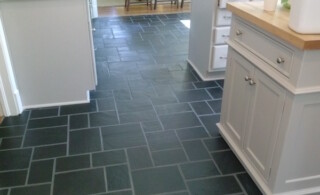 Slate Floors Make for a Great Decor
Slate Floors Make for a Great Decor 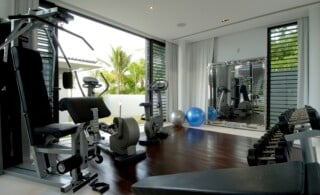 Flooring Ideas for Your Home Gym
Flooring Ideas for Your Home Gym 

Are You Familiar With This Topic? Share Your Experience.